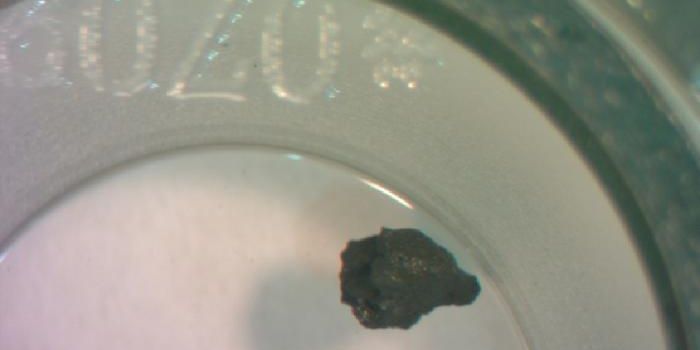STEVE, what is it?
STEVE is in the sky! STEVE, as is Strong Thermal Emission Velocity Enhancement, the purple and green streaks that have been crossing the sky in the last few years, according to reports from citizen scientists from 2015-2016. While it may look like an aurora to the common viewer, NASA scientists say that in fact it may not even be an aurora at all.
Elizabeth MacDonald, a space scientist at NASA's Goddard Space Flight Center in Greenbelt, Maryland explains that the case of STEVE is somewhat of an anomaly. "Often in physics, we build our understanding then test the extreme cases or test the cases in a different environment. STEVE is different than the usual aurora, but it is made of light and it is driven by the auroral system. In finding these tiny little streaks, we may be learning something fundamentally new in how green auroral light can be produced."
With help from the data collected by citizen scientists, NASA physicists and astronomers are trying to figure out what STEVE is. "Citizen scientists are the ones who brought the STEVE phenomenon to the scientists' attention. Their photos are typically longer time-lapse than our traditional scientific observations," MacDonald said. "Citizen scientists don't get into the patterns that scientists get into. They do things differently. They are free to move the camera around and take whatever exposure they want."
In a recent publication in AGU Advances, the researchers pose several hypotheses as to what could be the structure of the tiny streaks shedding light in the sky. They wonder, could the green light be a point, or maybe a line? "I'm not entirely sure about anything with respect to this phenomenon just yet," first author Joshua Semeter, who is a professor at Boston University. "You have other sequences where it looks like there is a tube-shaped structure that persists from image to image and doesn't seem to conform to a moving point source, so we're not really sure about that yet."
STEVE doesn’t fit into the typical category of an aurora, which is defined as a release of light caused by electron bombardment, but it also doesn’t fit into the category of airglow. So what is it, really? "STEVE, in general, appears to not conform well to either one of those categories," Semeter said. "The emissions are coming from mechanisms that we don't fully understand just yet."

The researchers say that there is still a long way to go to understand this STEVE phenomenon, whatever it may be. "This paper is the tip of the iceberg in this new area of these tiny little pieces of the picket fence. Something we do in physics is try to chip away to increase our understanding," MacDonald said. "This paper establishes the altitude range and some of the techniques we can use to identify these features, then they can be better resolved in other observations."
You can be a citizen scientist, too! Visit NASA’s real-time data about auroras with Aurorasaurus.
Sources: AGU Advances, Science Daily








